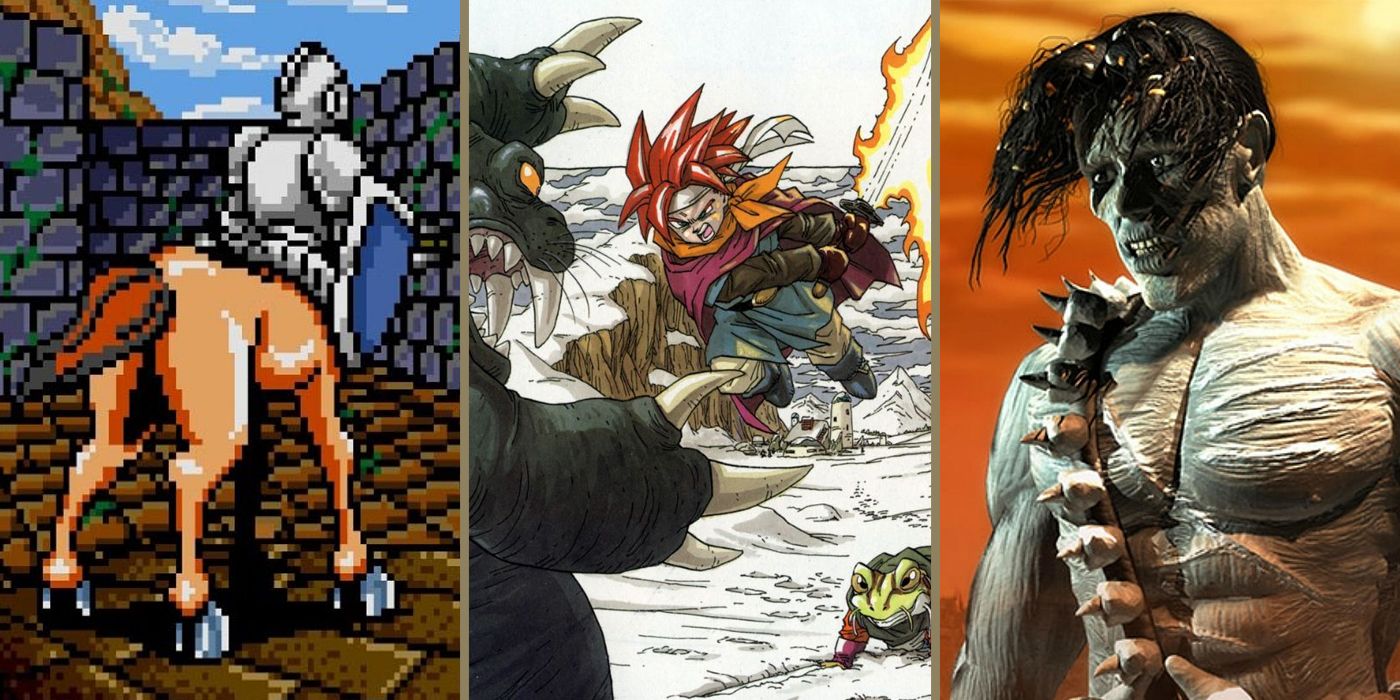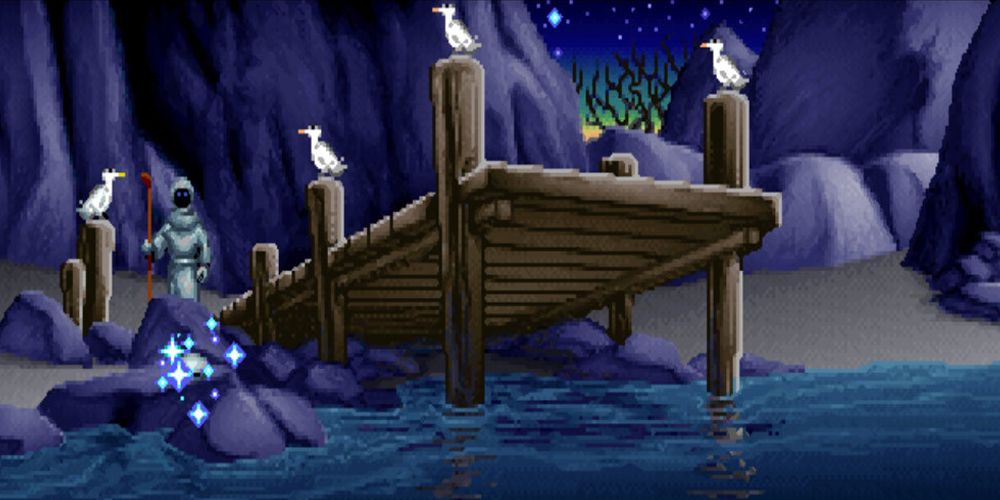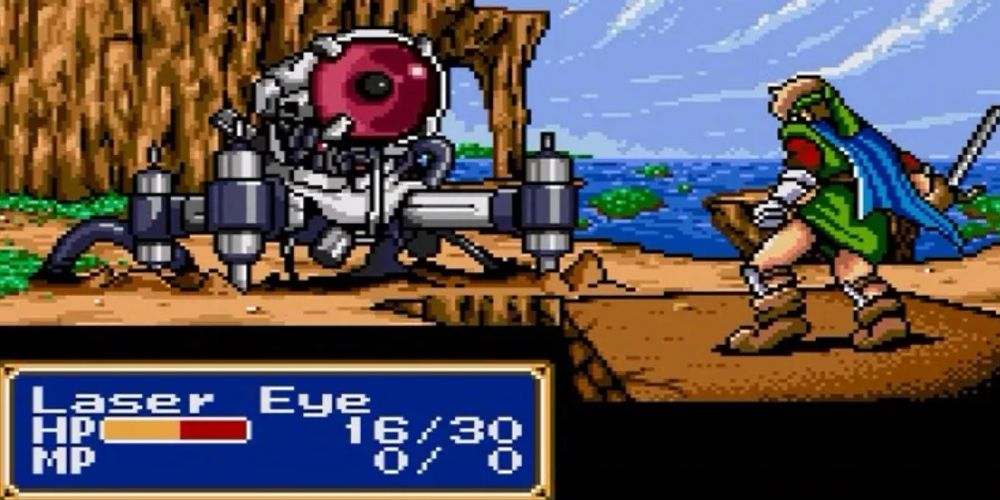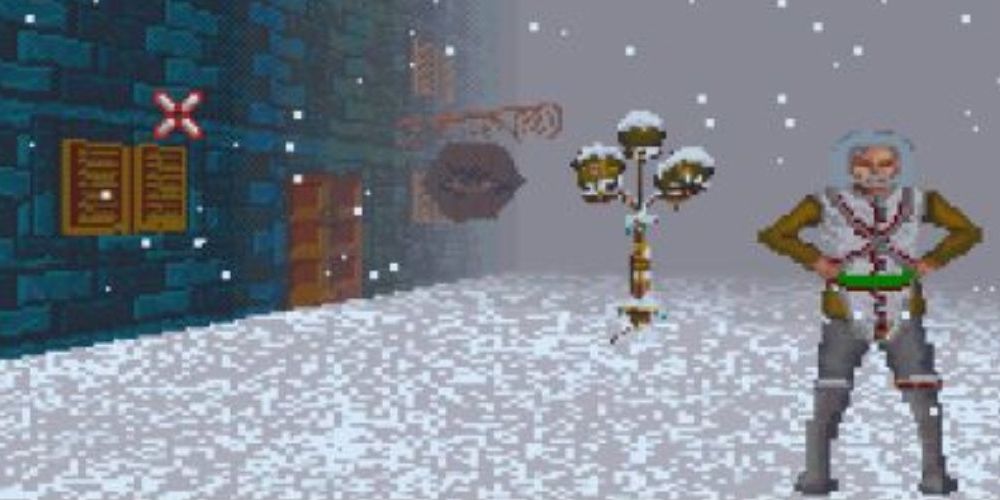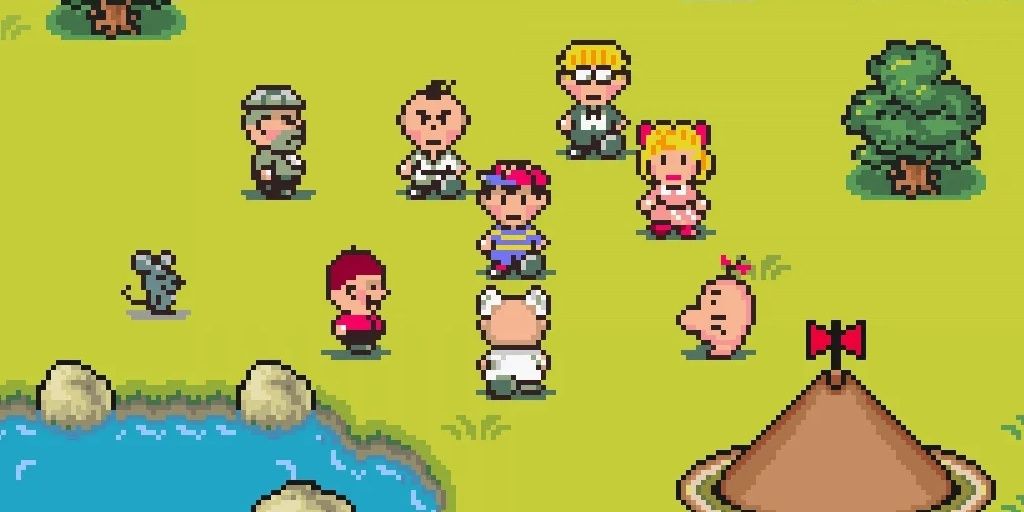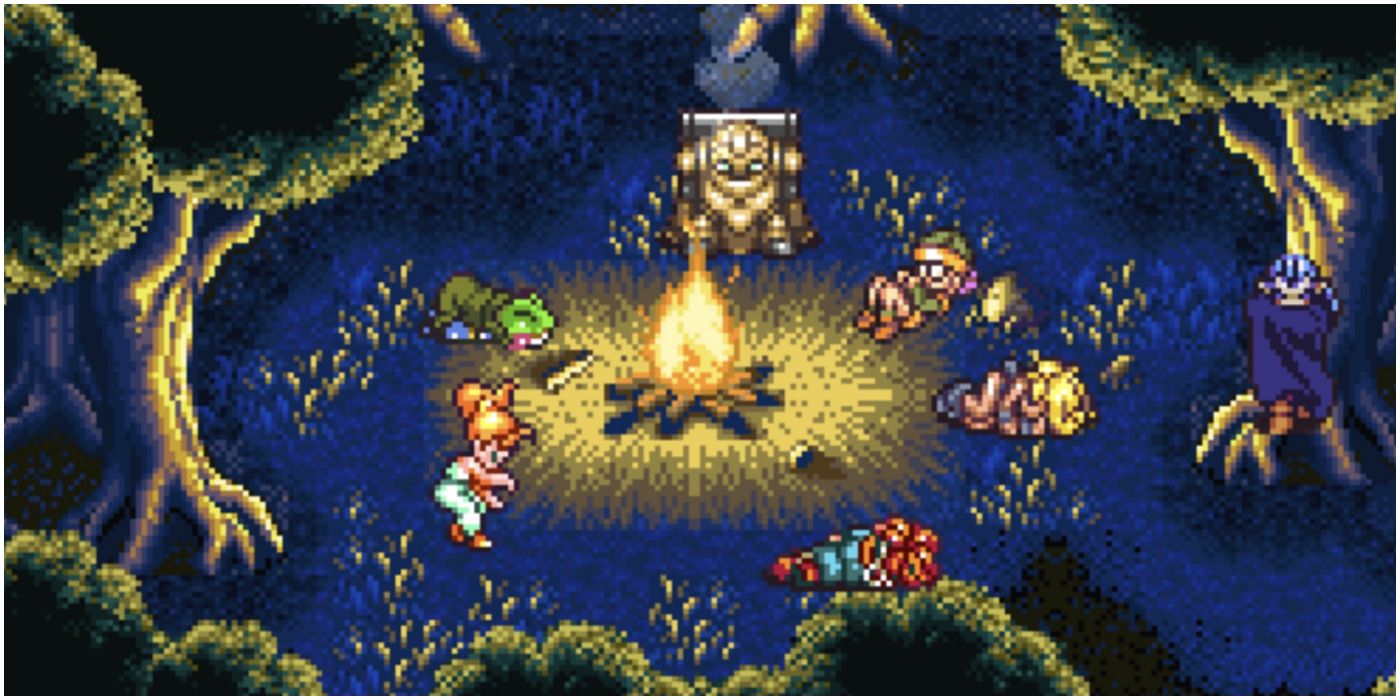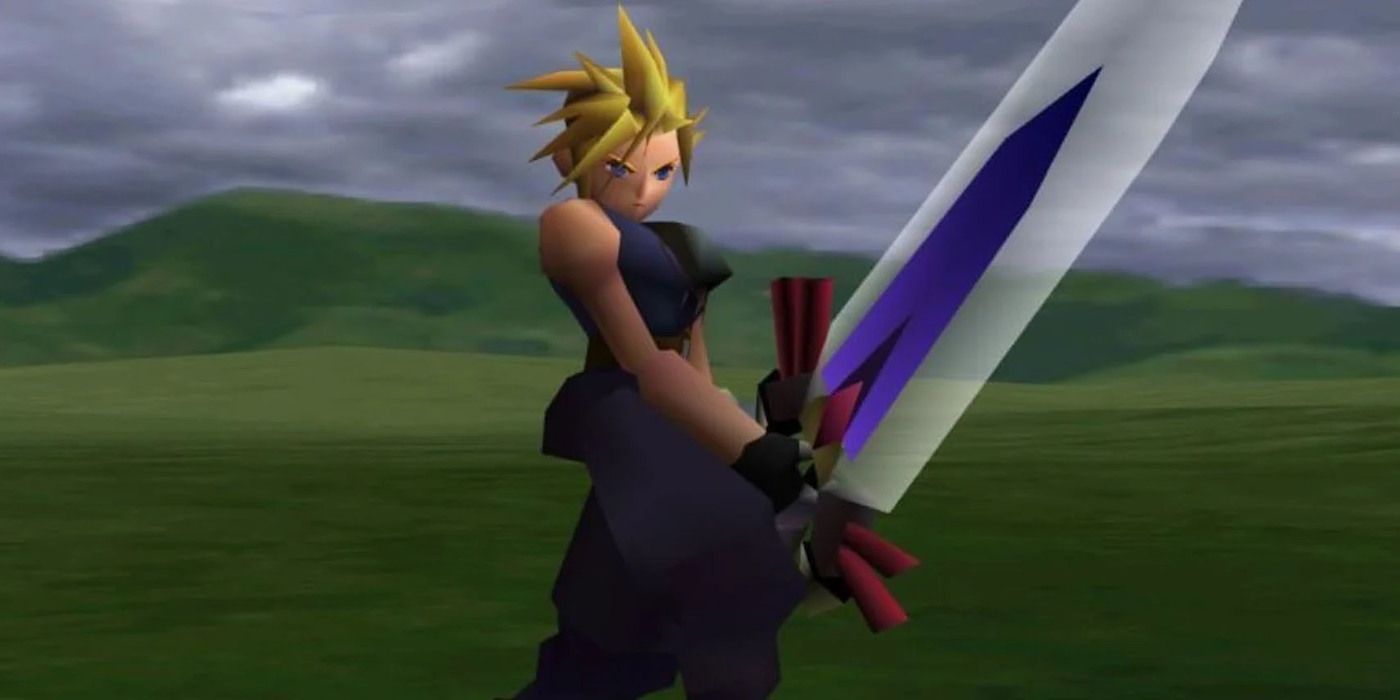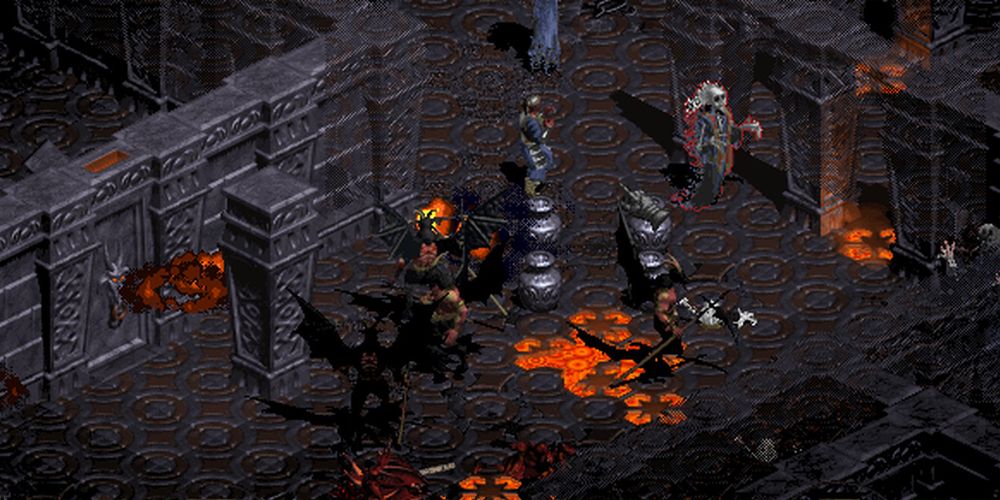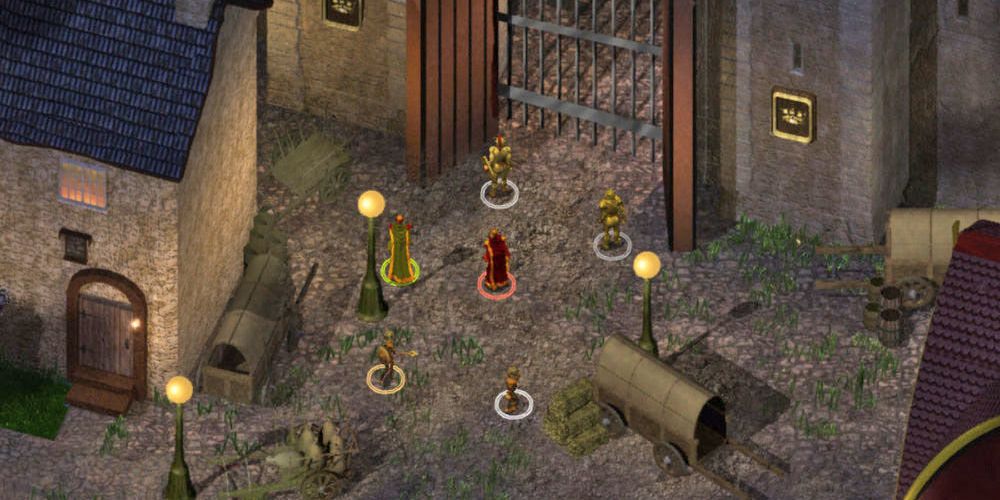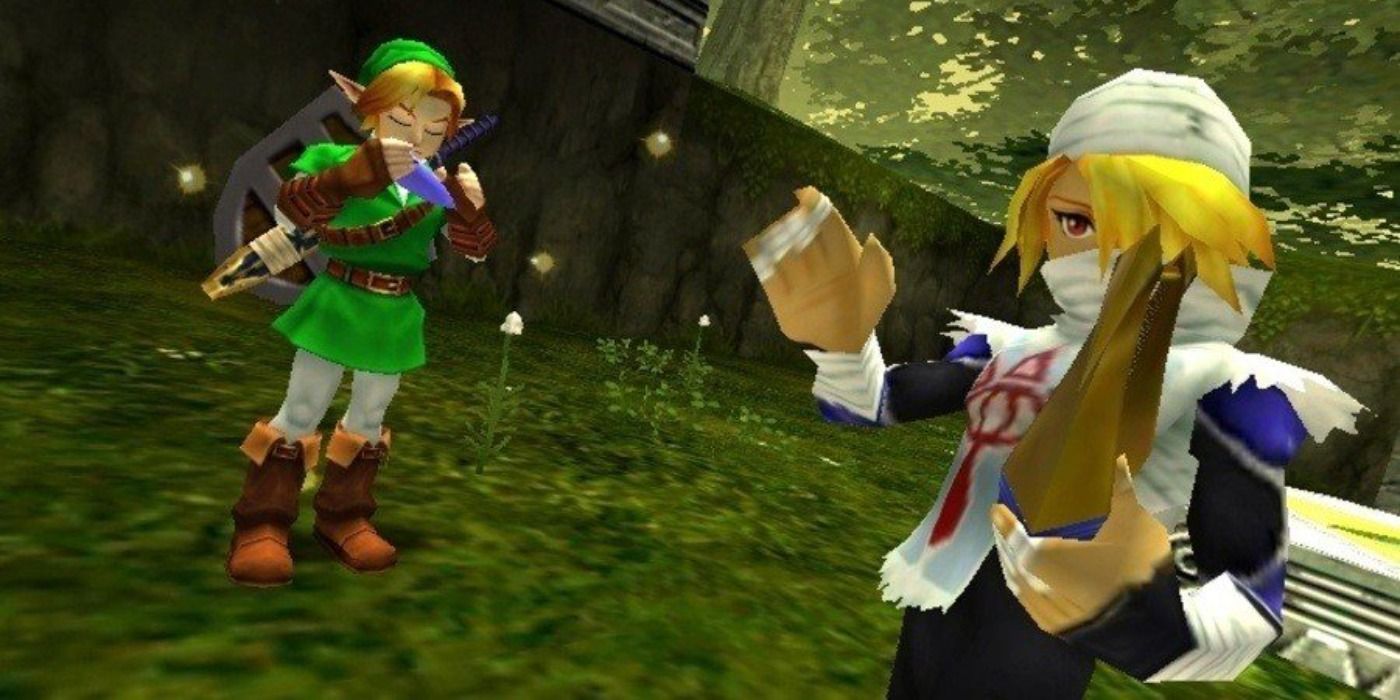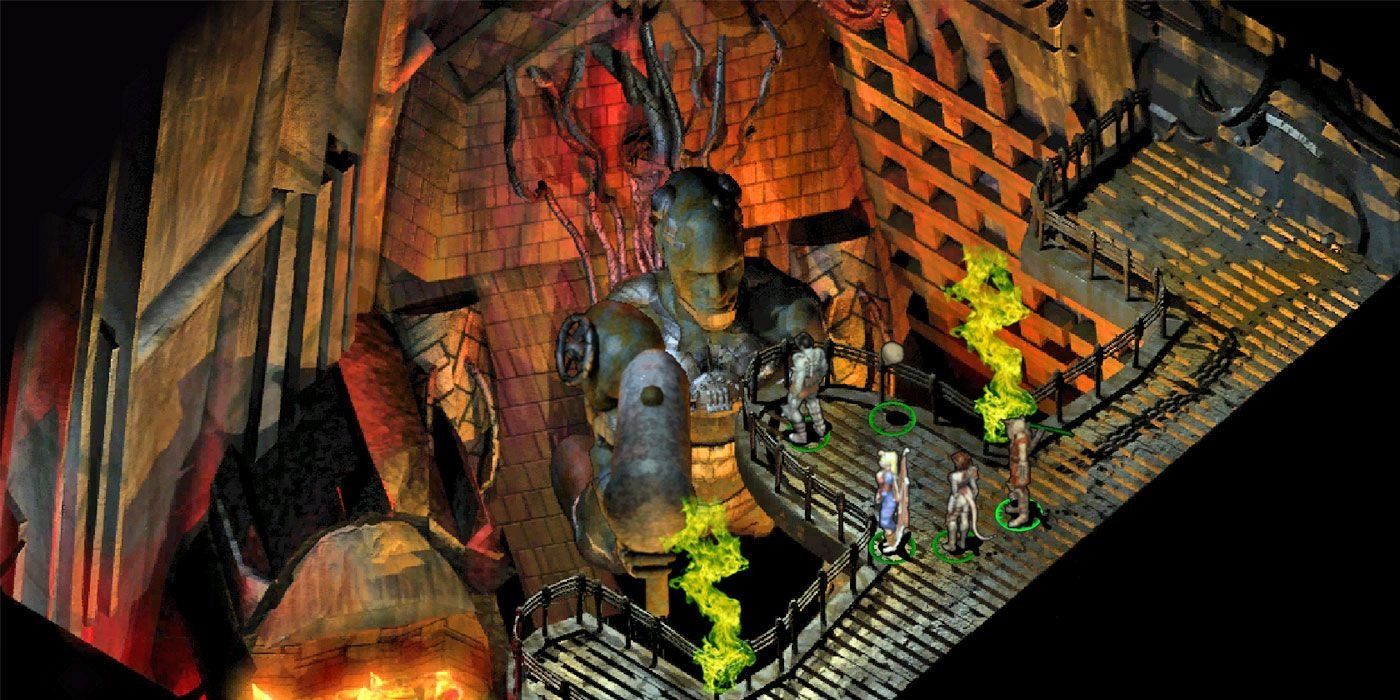The fantasy genre is an incredibly broad one which intersects with many others. From JRPGs like Final Fantasy to Action RPGs like Skyrim, fantasy elements have found their way into some of the biggest games and franchises in the industry. While they are incredibly common today though, that hasn't always been the case.
Fantasy games can be traced all the way back to gaming's infancy, but it was not until the nineties that they really became prevalent. Throughout the decade can be found countless examples, many of which are still going strong today. Others may have been forgotten, but their legacy still lives on through their innovative ideas that have inspired many modern fantasy games.
10 Loom (1990)
To many, Loom is a masterpiece of a game that still holds up well today. Rather than begin like any other, the developers produced a 30 minute audio drama which serves as the game's prologue. From here, it expands into an incredibly complex fantasy story with an innovative mechanic that would one day become a staple of one of gaming's biggest franchises.
The drafts that Bobbin plays on his distaff work in much the same way as the short melodies used in Ocarina of Time and subsequent Zelda titles. There are 26 of them in total, with each one having its own unique effect. The original game even included a special notebook called The Book of Patterns in which players could write down new drafts so that they wouldn't forget them.
9 Shining Force (1992)
The SNES held all of the aces when it came to RPGs, but the Genesis did have one or two standout titles up its sleeve. Shining Force shares quite a few similarities with the Final Fantasy series in terms of how its combat works, although there's one big difference. When the player is defeated, there is no game over screen.
Much like the Pokémon games, the player loses money when defeated, but the party still gains experience from the battle meaning that they are constantly growing stronger. It was an interesting approach to making the game more inclusive for lesser skilled players and arguably a better one than the one taken by Square with Mystic Quest.
8 The Elder Scrolls: Arena (1994)
The Elder Scrolls series is one of the biggest and most successful in gaming and it all started back in 1994 with The Elder Scrolls: Arena. Although nowhere near as expansive as some of the franchise's later entries, it marked a big step forward for the action RPG genre and also the beginning of Bethesda's dominance of it.
The game has hundreds of procedurally generated dungeons and was one of the first to feature a realistic day/night cycle. This isn't just limited to the setting of the sun either, with shops closing and people heading home for the night to avoid the incoming monsters. It may be common these days, but back then it was truly revolutionary.
7 Earthbound (1994)
Earthbound was the first of the Mother games to arrive in the West and is arguably the best of the trilogy. It features an interesting cast of characters, some well-designed enemies, and a great story. Perhaps its biggest strengths however come through its innovative gameplay mechanics.
Upon taking damage in Earthbound, the party's HP gradually falls rather than the hit points all being removed at once. This gives players the chance to cheat death by either healing or winning the battle before their character's HP drops to zero. It also uses a first-strike mechanic, which allows players to gain the initiative in battle by contacting an enemy from behind. Enemies are 'tamed' rather than killed and as the party grows stronger, weaker enemies will flee rather than fight.
6 Chrono Trigger (1995)
Thanks to its time travel mechanics, Chrono Trigger was at one point about 300 years ahead of its time. Joking aside, the game's use of time travel mechanics helped its creators to weave an intricate story that never once felt confusing. This was supplemented by some very interesting ideas.
One of the things that made Chrono Trigger stand out was the ability to complete the game at various different points during the story, adding a whole new spin on multiple endings. Having one of the game's main antagonists potentially join the party was an interesting idea too, as was killing off the main protagonist half way through the journey.
5 Final Fantasy VII (1997)
Not only was Final Fantasy VII the first game in the series that didn't appear on a Nintendo console, but it was also the series' very first venture into 3D. The character models might be pretty bad by today's standards, but, at the time at least, it was a huge leap forward for the franchise.
Previous Final Fantasy games had been reasonably successful in the West, but VII was the first to really appeal to a mainstream audience. It introduced new ideas that would feature in many of the subsequent Final Fantasy games and led to numerous spinoffs in a variety of different mediums. The fact that the recent remake made so few changes to the original is indicative of just how far ahead of its time the game truly was.
4 Diablo (1997)
There was a time when Diablo was considered one of Blizzard's flagship franchises. As time has passed and Warcraft has grown more and more popular though, the series has taken a bit of a back seat. That said, a fourth Diablo game is currently in development and so hopefully fans won't have to wait too much longer before returning to hell.
One of the most innovative things about Diablo is its dungeons, which are all procedurally generated. Unlike other games that use this technique, however, each dungeon has a loose theme which can have a big impact on how exactly they are generated. Quests are also decided at random, meaning that the likelihood of two identical playthroughs is incredibly low.
3 Baldur's Gate (1998)
Dungeons & Dragons is one of the cornerstones of the fantasy genre and saw numerous video game adaptations throughout the eighties and nineties. The first to really capture the essence of the series though was Baldur's Gate. Based on the Forgotten Realms setting, it was incredibly popular with both fans and critics and went on to spawn numerous sequels and spinoffs.
The game features a pausable real-time mode, which allows players to queue up actions rather than having to do everything on the fly. Inventory management is handled by item weight rather than the number of items and playable characters can have more than one class. The game also uses dialogue trees and accommodates up to six players in online multiplayer.
2 The Legend Of Zelda: Ocarina Of Time (1998)
According to Metacritic, The Legend of Zelda: Ocarina of Time is the greatest game of all time. It holds a 99 rating and is the only game to do so on the platform. It's also the fourth best selling game on the N64 and is second only to Breath of the Wild when it comes to the best selling Zelda games. Whether or not it really is the best is a matter for debate, but there's no denying its importance to the genre.
The game played an integral role in the development of 3D gaming, particularly with its Z-targeting system. By allowing players to lock on to enemies, the developers were able to overcome some of the limitations that were caused by the N64 controller's single analog stick. The game also made great use of the controller's C buttons and was the first in the series to feature horse-riding.
1 Planescape: Torment (1999)
Planescape: Torment is another RPG that takes place in a Dungeons & Dragons campaign setting and even uses the same engine as Baldur's Gate. Players control an immortal known only as The Nameless One on his quest to reclaim memories from his past lives and discover the truth about his immortality. The game was a commercial disaster, but also a critical darling.
It features three different classes and allows players to assign attribute points to the playable character before beginning the game. It also uses the D&D character alignment system to determine a player's morality based on their choices and actions throughout the game. Player's can recruit as many as five companions to join them on their quest, although there are actually seven to choose from.

